The plant is analgesic, anthelmintic, antiinflammatory, antiviral, bitter, diaphoretic, diuretic, emetic, expectorant, laxative, rejuvenative and stomachic. Useful in oedema, biliousness, diseases of the nervous system and in heart diseases and piles. Also useful in asthma, anaemia (particularly during pregnancy), hepatitis, ascites, scanty urine, kidney stone, rheumatism and insomnia. It has aslo been widely used for the treatment of dyspepsia, jaundice, enlargement of spleen and abdominal pain.
Recommended Dosage
5 to 10 g powder of dried root.
Contraindication
This herb is probably contraindicated for persons with low blood pressure. This herb has also demonstrated myocardial depressant activity and should therefore not be taken by anyone with heart failure or those taking heart depressant medications unless under the direction and care of a qualified health care practitioner. Large doses may result in vomiting.
Punarnava facts and health benefits
PunarnavaScientific Classification
| Rank | Scientific Name & (Common Name) |
|---|---|
| Kingdom | Plantae |
| Subkingdom | Viridiplantae |
| Infrakingdom | Streptophyta |
| Superorder | Caryophyllanae |
| Order | Caryophyllales |
| Family | Nyctaginaceae |
| Genus | Boerhavia L |
| Species | Boerhavia diffusa L |
| Super Division | Embryophyta |
| Division | Tracheophyta |
| Sub Division | Spermatophytina |
| Class | Magnoliopsida |
| Synonyms | Axia cochinchinensis Lour. Boerhavia acutifolia (Choisy) J. W. Moore Boerhavia adscendens Willd. Boerhavia africana Lour. Boerhavia caespitosa Ridley Boerhavia ciliatobracteata Heimerl Boerhavia coccinea var. leiocarpa (Heimerl) Standl. Boerhavia coccinea var. paniculata (Rich.) Moscoso Boerhavia diffusa f. acutifolia (Choisy) Domin Boerhavia diffusa var. acutifolia Choisy Boerhavia diffusa var. diffusa Boerhavia diffusa var. eudiffusa Heim ex Hand.-Mazz. Boerhavia diffusa var. leiocarpa (Heimerl) C.D.Adams Boerhavia diffusa var. mutabilis R. Br. Boerhavia diffusa var. paniculata Kuntze Boerhavia diffusa var. pubescens Choisy Boerhavia friesii Heimerl Boerhavia paniculata Rich. Boerhavia paniculata f. esetosa Heimerl Boerhavia paniculata var. guaranitica Heimerl Boerhavia paniculata f. leiocarpa Heimerl Boerhavia paniculata var. leiocarpa (Heimerl) Heimerl Boerhavia paniculata var. subacuta Choisy Boerhavia paniculata f. multiglandulosa (ex Parodi) Heimerl Boerhavia paniculata f. multiglandulosa Heimerl ex Parodi Boerhavia procumbens Banks ex Roxb Boerhavia repens var. diffusa (L.) Hook. fil. Boerhavia repanda Wall. Boerhavia surinamensis Miq. Boerhavia xerophila Domin Commicarpus africanus (Lour.) Dandy |
| Punarnava Herb Quick Facts | |
|---|---|
| Name: | Punarnava Herb |
| Scientific Name: | Boerhaavia Diffusa |
| Origin | Throughout India, the Pacific, and southern United States |
| Colors | Dull green or brownish in color |
| Shapes | One seeded nuts which are round or circular, about 1cm long, containing seeds like cow’s beans. |
| Taste | Sweet, bitter and astringent. |
| Health benefits | Bronchial Asthma, Ascites, Gout & High Uric Acid Level in the blood, Cancer, Dropsy, Anemia, Stomach Disorders, Impotence, Arthritis, Good for Kidney Health, Congestive Heart Failure, Eyes Diseases, Diabetes, Obesity, Urinary tract infection, Beneficial for Liver |
Boerhavia Diffusa commonly known as punarnava is actually flowering plants that belong to the family Nyctaginaceae which rejuvenates or renew the body. The other common names of the plant are spreading Hogweed, Red Hogweed, horse purslane, pigweed, Red spiderling and Tarvine. This herbal medicine is used to relieve pain and the leaves are used as a green vegetable in numerous parts of India.
The word punarnava literally means, one which renews the body, that is, which brings back the youth. Punarnava enjoys an important place among medicinal herbs in India since ancient times. Various parts of Boerhavia diffusa are used for the treatment of numerous disorders. The root, leaves, aerial parts or the whole plant of Boerhavia diffusa have been used for the treatment of various disorders in the Ayurvedic herbal medicine (daily used by millions of people in India, Nepal, Sri Lanka and indirectly through it being the major influence on Unani, Chinese and Tibetan medicines).
Punarnava has two varieties as mentioned in Ayurvedic text i.e. white and red variety of Punarnava. It has been mentioned in the Ayurvedic text that the white Punarnava variety is what we commonly call Punarnava i.e. Boerhavia diffusa and the red Punarnava variety is Trianthema portulacastrum which is normally used to adulterate Punarnava roots. Thus white Punarnava is basically used for the medicinal purpose. The white variety of Punarnava works as all the three dosha (vata, pitta and kapha) shiamak i.e. it suppresses all the three serious doshas whereas the red Punarnava variety worsens the vata dosha and suppresses the pitta dosha. As a whole both the varieties of punarnava are laghu (light) and ruksha (dry) in properties.
Plant
Boerhavia diffusa, belonging to the family of the Nyctaginaceae, is mainly a diffused perennial herbaceous creeping weed of India. Boerhavia diffusa is about 0.75-1 m in length and occasionally it grows up to 4metrs in rainy seasons having spreading branches. The stem is prostrate, woody or succulent, cylindrical, often purplish, hairy, and thickened at its nodes. The leaves are simple, thick, fleshy, and hairy, arranged in unequal pairs. The shape of the leaves varies considerably ovate – oblong, round, or sub-cordate at the base and smooth above. The margins of the leaves are smooth, wavy or undulate. The upper surface of the leaves is green, smooth and glabrous, whereas it is pinkish white and hairy beneath.
The flowers are minute, sub-capitate, present 4-10 together in small bracteolate umbrellas, mainly red or rose, but the white varieties are also known. The achene fruit is one seeded nuts which are round or circular, about 1cm long, containing seeds like cow’s beans and are dull green or brownish in color. The tap root is tuberous, cylindrical to narrowly fusiform, conical or tapering, light yellow, brown or brownish grey. It is thick, fleshy and very bitter in taste
Health benefits of Punarnava
Punarnava is a medicinal herb famous for its health promoting benefits. Punarnava is used in treating obesity, improving appetite, jaundice, and general fever. The word punarnava literally means ‘renewer’ or one which renews the body as Punarnava tends to renew and revitalize the body systems. Almost all anti-obesity medications contain Punarnava as one of its ingredients. Hence is beneficial in treating obesity. It also helps to maintain effective kidney function. Listed below are some of the popular health benefits of Punarnava
1. Beneficial for Liver
Punarnava is widely used to revitalize liver and cleanse it. If the body is attacked with any of the infection the first stressful part will be the liver. As a result, the person will become fatigued and sluggish. So at this initial stage it is logical to use Punarnava, which helps to restore health, stamina and vitality. This herb can fight the disorders of liver like hepatitis, jaundice, iron deficiency anaemia, anorexia and sluggish liver. The healthy liver even aids in increasing the basic hemoglobin of an individual.
2. Urinary tract infection
Punarnava works as a diuretic. In addition, Punarnava also has antimicrobial, anti-inflammatory and antispasmodic properties, which are beneficial in treating urinary tract disorders like chronic and recurrent urinary tract infections (UTIs), including UTIs in pregnancy.
3. Obesity
Punarnava is used as an ingredient in almost all the herbal slimming formulations. The herb stimulates the removal of excess fluids and waste products from the body by promoting urination without electrolytes or potassium loss. Thus, it helps in weight loss. It also works as a mild laxative.
4. Diabetes
Punarnava leaf extract is quite beneficial for diabetes. It considerably decreases glucose levels in blood and in turn increases plasma insulin levels.
5. Eyes Diseases
Punarnava is beneficial for alleviating eyes diseases like night blindness and conjunctivitis. Instill the fresh juice of its roots in the eyes for the treatment.
6. Congestive Heart Failure
However, Punarnava is not a powerful remedy to treat congestive heart failure, but it is given as adjuvant for supporting Tapyadi Loha, Terminalia Arjuna Bark Powder and other beneficial remedies used to treat congestive heart failure. It reduces workload on the heart by reducing edema.
7. Good for Kidney Health
Punarnava has become a staple for healing and creating health particularly for kidney patients. The herb helps to get rid of excess body fluids and at the same time prevents the formation of urinary stones. Just one month use of this Ayurvedic herb can encourage Kidney functioning better.
8. Arthritis
Punarnava herb provides relief from joint pains and inflammation related with arthritis. Just use the paste made of fresh herb by grinding and applying directly on the affected area.
9. Impotence
Seeds of Punarnava help to rejuvenate the male reproductive system. The herb is known to increase libido and quantity & quality of semen. It even cures erectile dysfunction.
10. Stomach Disorders
Punarnava strengths the stomach and promotes its action. It treats a number of stomach problems, particularly intestinal colic. Take 5 grams of the root powder three times a day. It helps to kill or expel intestinal worms.
11. Anemia
Punarnava helps anemic patients suffering with appetite loss and weakness. It encourages formation of the red blood cells. However, iron supplement should be taken with Punarnava.
12. Dropsy
Dropsy is a disease in which excess of watery fluid gets gathered in the tissues and cavities of the body. Punarnava herb enhances the discharge of urine and thus treats the condition. You can consume fresh boiled herb or liquid extract of the plant (4 to 6 gms) to cure the disease.
13. Cancer
Punarnava is considered one of the best herbs for cancer treatment. Punarnavine, an alkaloid is believed to be an anti-cancer agent. The study has shown that punarnavine enhance the immune response and prevent the metastatic progression of B16F-10 melanoma cells in mice. The extract from the whole plant is very much beneficial for cancer cure. The herb has also been shown to be hepato-protective, choleretic, cardiokine, anti-cancer and anti-oxidant.
14. Gout & High Uric Acid Level in the blood
Punarnava is an excellent remedy for high uric acid level. It increases the uric acid secretion through the kidneys.
15. Ascites
Ascites is a condition marked by an excessive collection of a watery fluid abdominal cavity. Mostly the herb cures the ascites caused by liver disorder.
16. Bronchial Asthma
Dried leaves of Punarnava can be used in dhoomapana in treatment of bronchial asthma. The leaf decoction is said to be an excellent expectorant when decocted with punarnava (Boerhavia diffusa) and then combined with ginger juice and black pepper
Practical Uses of Boerhavia Diffusa
Punarnava is rich in many medicinal properties Diuretic, anti-inflammatory, anti-oxidative, anti-arthritic, spasmolytic, antibacterial, analgesic, immunity Booster, and anti-ageing.
- It is helpful in arthritis as it reduces inflammation and pain in joints.
- It has beneficial uses for treating all the disorders of the kidneys as it can very efficiently decreases the urea levels in the body.
- It is good to treat Impotence and can enhance libido, erection and quality and quantity of semen
- It acts as a carminative, increases appetite, digests Ama and reduces abdominal pain. It relieves constipation too.
- It is helpful herbal agent in reducing productive cough and asthma.
- It is suitable for skin diseases like scabies and it is a brilliant natural remedy for guinea worms.
- This plant in combination with other herbal ingredients helps to treat anemia.
- It has diuretic properties and is used in Ayurvedic preparations for renal calculi (kidney stone), Cystis and nephritis.
- It is extensively used to rejuvenate liver and detoxify it. It helps in jaundice or hepatitis.
- It is potent herb in Ayurvedic preparations for menorrhagia.
- It has ability to rejuvenate whole body and health. It strengthens the body and normalizes doshas. This helps to boost the immunity to diseases.
Ayurvedic health benefits
- Insomnia: Give 50-100 ml decoction of punarnava. It works as the sleeping pills and makes you fall into deep sleep.
- Cataract: Grind the root of punarnava with water. Make a paste kind of it and apply as the eyeliner. It cures cataract with the regular usage.
- Tuberculosis: Take 5-10 gm. root of hogweed with rice half of rice powder. Cook them in the juice of grapes, milk and ghee. Make it thick, as the consistency of soup. Give this to the patient twice a day, 1-1 teaspoon.
- Asthma: Mix 3 gm. powder of punarnava root with 500 mg turmeric. Give this powder, twice a day with lukewarm water. It cures Asthma.
- Opthalmic disorders: Grind the hogweed root and mix with ghee. Use it as eyeliner. It treats eye flu. Grind the hogweed root and mix it with honey. Use this as eyeliner. It treats redness of the eye.
- Kidney disorders: Prepare a decoction of the whole plant. Give 10-20 gm. decoction, divided equally as the dosage. It cures all the kidney related disorders.
- Fevers: Give 2 gm. of its root with milk or betel leaf. It cures quartan fever. You can also give the decoction of its whole plant. It is beneficial in burning sensation and fever due to infection in urinary tract.
- Ascites: A liquid extract of the fresh or dry plant can be given in doses of 5-10 gms or the fresh boiled herb can be given.
- Asthma: Punarnava helps in removing the catarrhal matter or phlegm from the bronchial tubes. Powder of the root can be taken in small doses thrice a day to get relief from asthma.
- Intestinal colic and worms: Powder of the root is given in doses of 5 Gms thrice a day for the expulsion of intestinal worms as well as to get relief from colic.
- Rabies: In Susrutha kalpa sthana it has been mentioned that 1 part of the whole plant punarnava mixed with equal parts of leaves, flower, root of dhattura plant, has to be dried and rolled into pills weighing 2 grams. Consumption of the pill twice daily helps in the treatment of rabies.
- Alcoholic intoxication/alcoholism: Decoction prepared of milk with punarnava has to be consumed twice daily to get beneficial results.
- Rheumatic disorders: Prepare curry out of punarnava leaves and include this in your everyday diet. This removes constipation, promotes urination and reduces swelling and pain.
- Skin disorders: Cook the roots of hogweed in oil. After the oil gets lukewarm, massage the affected skin with it. It cures all type of skin disorders.
- Itching and irritation: Instill a few drops of punarnava mixed with milk
- Arthritis: Give hogweed decoction with 1 gm. powder of ginger root and camphor. Continue this treatment for 7 days. It cures arthritis.
- Jaundice: Give 10-20 gm. juice of its whole plant with 2-4 gm. baheda powder mixed in it. Give this on a regular basis. It is a very beneficial medicine for Jaundice.
- Weight loss: Take 1/2 tsp of Punarnava and 1/4 tsp of Trikatu Churna, mixed in 1/2 cup of warm water with 1 tsp of honey. Steep for 5 minutes, stir well and drink without straining. Take these three times daily, before each meal.
- Urinary Tract Infections: Take 1/4 tsp each of Punarnava, Gokshura and Coriander powder plus 1/8 tsp of Neem. Mix in 1/2 cup of warm water and steep for 5 minutes. Do not strain. Take these three times daily before meals during the UTI and several days after to prevent a reoccurring infection.
- ***For severe UTI’s take this formula in 1/2 to 1 cup of unsweetened pomegranate or cranberry juice.
- Water retention and edema: Take 1/4 tsp each of Punarnava and Gokshura powder. Mix in 1/2 cup of plain ginger tea and take three times daily, before meals. For extreme fluid retention, take this mixture internally while applying a paste made out of equal portions of Punarnava and Ginger powder locally on the site of retention, leaving it on for 20-30 minutes.
- Heavy menstruation, clotting and uterine fibroids: Take 1/2 tsp of Punarnava and 1/4 tsp of Ashoka powder. Mix this in 1/2 cup of warm water and add 1-2 Tbsp of aloe vera with a pinch of Pippali powder (optional). Take these three times daily before meals. Take this continuously throughout the entire month until the symptoms have been relieved.
- Glaucoma and nighttime blindness: Take 1/2 tsp of Punarnava mixed in 1/2 tsp of Triphala Ghrita. Mix this in 1/2 cup of warm water until the ghee has melted completely. Take these three times daily before meals. For extreme cases, simultaneously make an eye wash using Punarnava tea (strain the herbs and cool) and flush the eye using an eye cup each morning and night.
Dosage
The juice extracted by crushing the fresh herb can be taken in a dose of 5 to 10 ml twice a day. The powder of the seeds of Punarnava can be taken in a dosage of 1 to 3 grams approximately.
Punarnava Facts
Boerhavia diffusa or Punarnava belongs to the family Nyctaginaceae. This is also known as spiderlings as this plant grows low and spreads like spider web. Boerhavia diffusa is identified by name Punarnava in India. Ayurvedic texts hugely praise the medicinal properties of this plant. It is a perennial herb that consists of creeping stem that is usually purple in color. The plant is about 0.75-1m in length. Occasionally it grows up to 4mtrs in rainy seasons and dries in summer. Leaves are usually whitish and smooth underneath and rough green on upper surface which are 2.5-4cm long, fleshy with soft hairs, whitish ventrally. Flowers are small, pink colored. Fruits are one seeded nuts which are round or circular, about 1cm long, containing seeds like cow’s beans. Flowering and fruiting of plant take place during winter.
| Name | Punarnava Herb |
|---|---|
| Scientific Name | Boerhaavia Diffusa |
| Native | Throughout India, the Pacific, and southern United States |
| Common Names | Tarvine, spreading hogweed and red spiderling |
| Name in Other Languages | Arabic: Punarnava (اتهاج (أتهاج), alyamasib( اليماسيب), hammad aljabal (hammad aljibl) (حماد الجبل (حَمَّاد الجِبل)), sakamit (sukumyt) (سكميت (سُكُميت)), madad (middad) (مداد (مِدَّاد)), mudid (muddid)( مديد (مُدِّيد)), matit (mutyt) (مطيط (مُطيط)), handakuki; sabaka Telugu: Atikamamidi English: Spreading Hogweed, Red Hogweed, horse purslane, pigweed, Red spiderling, Tarvine, Common Hog Weed, Common Hogweed, wineflower Tamil: Mukaratte- Kirai Punjabi: Itsit Marathi: Ghetuli Assamese: Pananua Bengali: Punarnova, Gadapushpa (गदापुष्पा) Chinese: huang xi xin (黄细心), Shā shēn (沙参) French: Ipecacuanha de Cayenne, Boerhaavie diffuse, bécabar bâtard, herbe pintade, macatia vert Gujarati: Satodi (સાતૉડી), Dholisaturdi, Motosatodo, Vasedo (वसेडो) Hindi: Gadha-cand (गधा कंद), Gadahpurna, Gadah bindo, Gadhapurana, Gadapurna, Lalpunarnava, Sant, Thikri, Beshakapore, Lal Punarnava, Shothagni(शोथाग्नी) Kannada: Komme, Komme gida, Sanadika, Kommeberu, Komma, Teglame, Ganajali Kashmiri: Vanjula Punarnava Konkani: Punarnava (पुनर्नवा) Malayalam: Talutama, tavilama, thazhuthama, Thazhuthama, Thavizhama, Chuvanna Tazhutawa, Tharana, Thumizhama Marathi: ghetoli (घेटोळी), ghetula (घेटूळ), Punarnava(पुनर्नवा), vasu (वसू) Nepalese: Punarnava (पुनरनभा), Laal gaj pumi, Laal punamava, Saanupaate Portuguese: Agarra-pinto, amarra-pinto, celidônia, pega-pinto Sanskrit: Bhauma, Kathillaka, Krishnakhya, Krura, Lohita, Mandalpatrika, Nava, Navya, Nila, Nilapunarnava, Nilavarshabhu, Nilini, Pravrishenya, Punarbhava, Punarnava, Raktakanda, Raktapatrika, Raktapunarnava, Raktapushpa, Raktapushpika, Raktavarshabu, Sarini, Shilatika, Shonapatra, Shophagni, Shothagni, Shyma, Swatapunarnava, Vaishakhi, Varshabhava, Varshabhu, Varshaketu, Vikasvara, Vishaghni, Vishakarpara Spanish: Hierba de cabro, hierba de la hormiga, hierba del cancer, mata pavo, patagon, tostón, yerba de Puerco, escorian morado (Guatemala); hierba de cabro (Guatemala); hierba de puerco; mata pavo (Cuba); moradilla (Guatemala); pegajera (Bolivia); pega-pollo (Dominican Republic); raíz china (Bolivia); rodilla de pollo (Colombia); tripa de pollo (Colombia) French: boerhaavia à fleurs rouges Tamil: Mukkurttaikkoti(மூக்குரட்டைக்கொடி), Mukaratee-Kirei, Mookkaratti, Saarai, Sarandai, Sukuaetti (सुकुएट्टी) Telugu: Atakamamidi (అటకమామిడి), punar-nava (పునర్నవ) Urdu: Tukhm-i-ispast Brazil: Erva-tostao; pega-pinto Caribbean: Ipeca Dominican Republic: Pega pollo cimarron; toston; yerba de puerco Haiti: Liane manger cochon; manger cochon Persian Gulf States: Devasapat Sri Lanka: Chattaranai; kancharanai; mukurattai |
| Plant Growth Habit | Creeping herbaceous perennial herb |
| Growing Climate | Found growing in sandy tracts, waste lands and at road sides. |
| Soil | Prefers well-drained soil. It cannot grow in the shade. It prefers dry or moist soil and can tolerate drought. |
| Plant Size | About 0.75-1m in length Occasionally it grows up to 4mtrs in rainy seasons. |
| Root | Thick perennial root, soft, strong and white in color |
| Stem | Prostrate, woody or succulent, cylindrical, often purplish, hairy, and thickened at its nodes. |
| Branches | Many erect or spreading branches. |
| Leaf | Ovate, elliptic to sub circular, glabrous except for longer hairs on the veins below and margins. Usually whitish and smooth underneath and rough green on upper surface which are 2.5-4cm long, fleshy with soft hairs, whitish ventrally. |
| Flower | Usually in clusters of 2-10, whitish, pink, carmine or purple |
| Flowering Season | Jun to September |
| Fruit Shape & Size | One seeded nuts which are round or circular, about 1cm long, containing seeds like cow’s beans. |
| Fruit Color | Dull green or brownish in color |
| Taste | Sweet, bitter and astringent. |
| Season | Jun to September |
| Varieties |
|
| Plant Parts Used | Whole plant, Root, Leaf |
| Propagation Methods | From seed; direct sow after last frost |
| Health Benefits |
|
| Traditional Medicinal benefits |
|
| Culinary uses |
|
| Precautions |
|
| Other Facts |
|

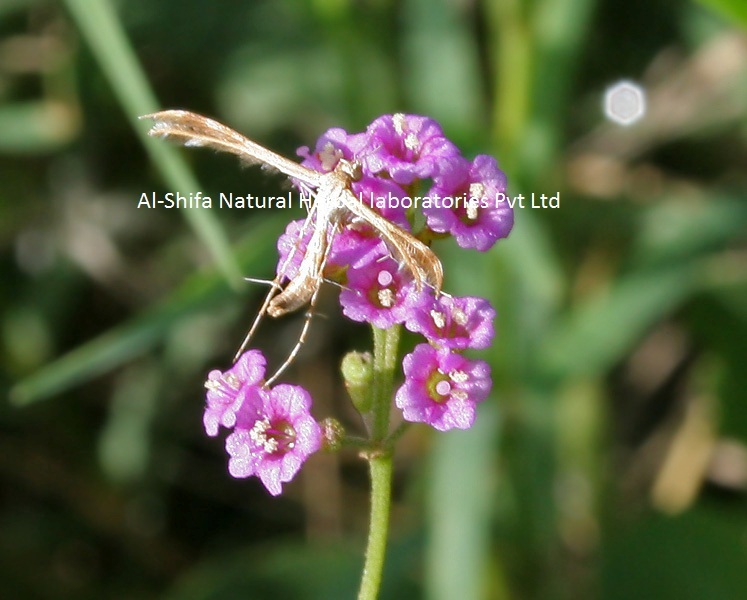
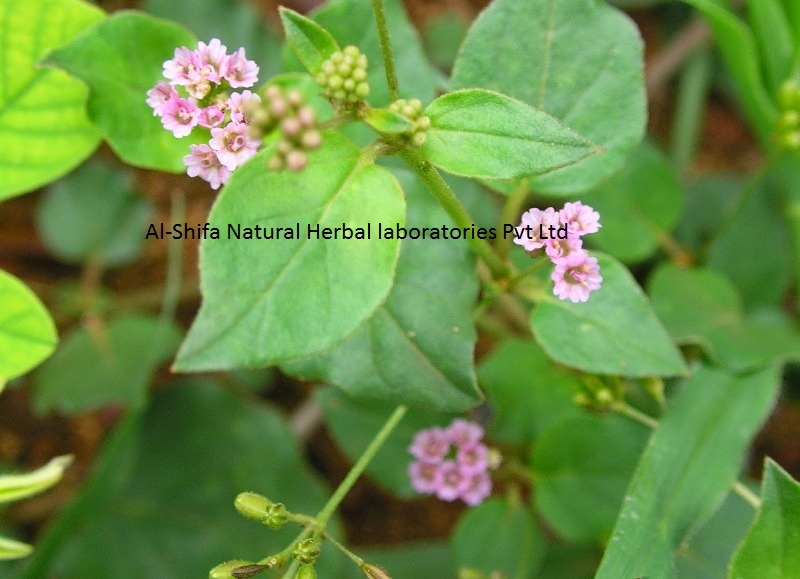
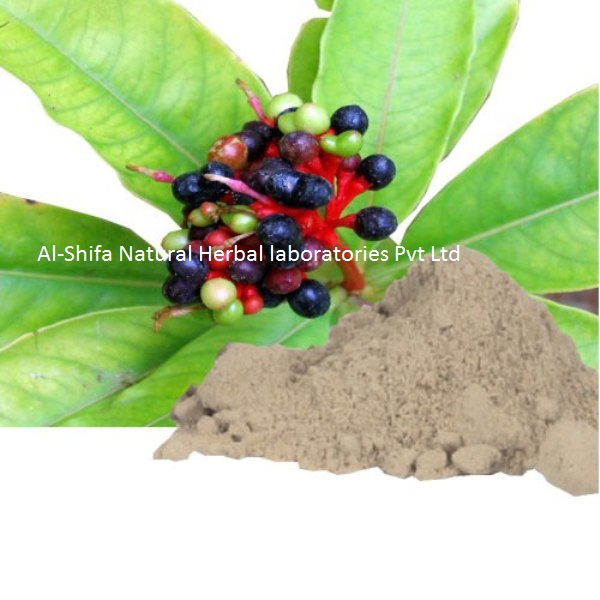

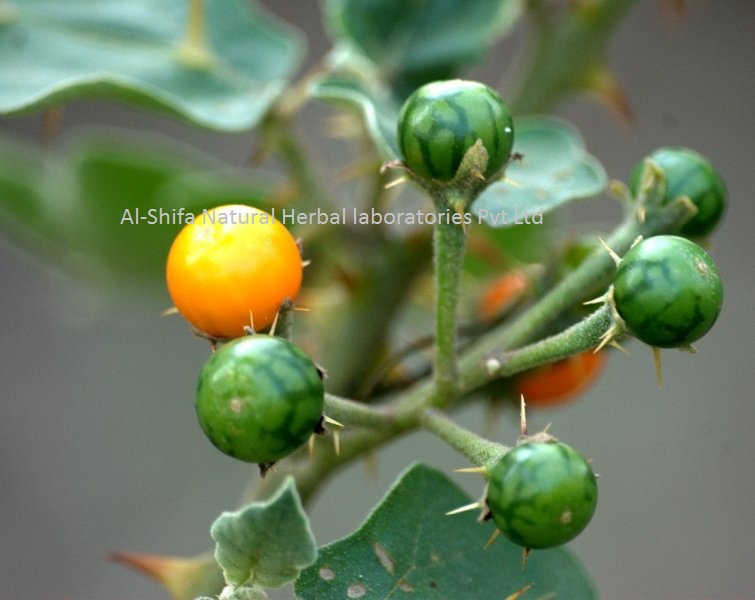
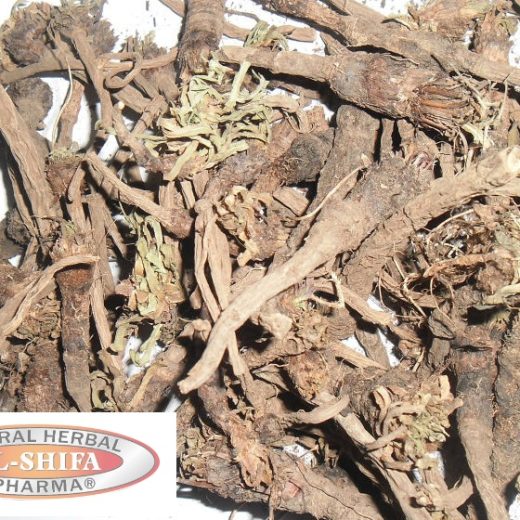
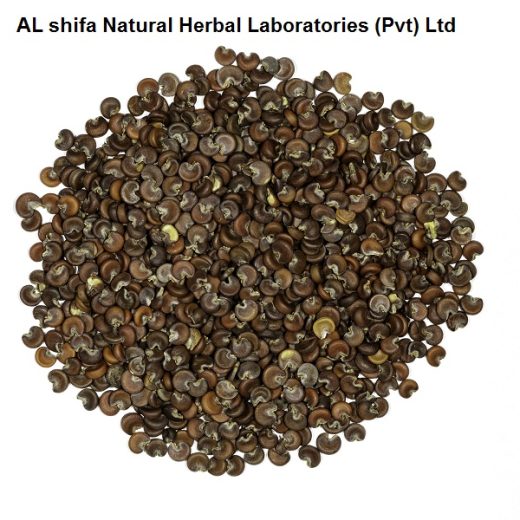
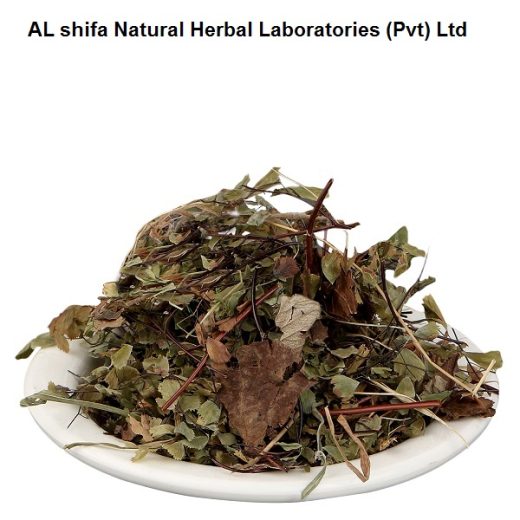



Reviews
There are no reviews yet.